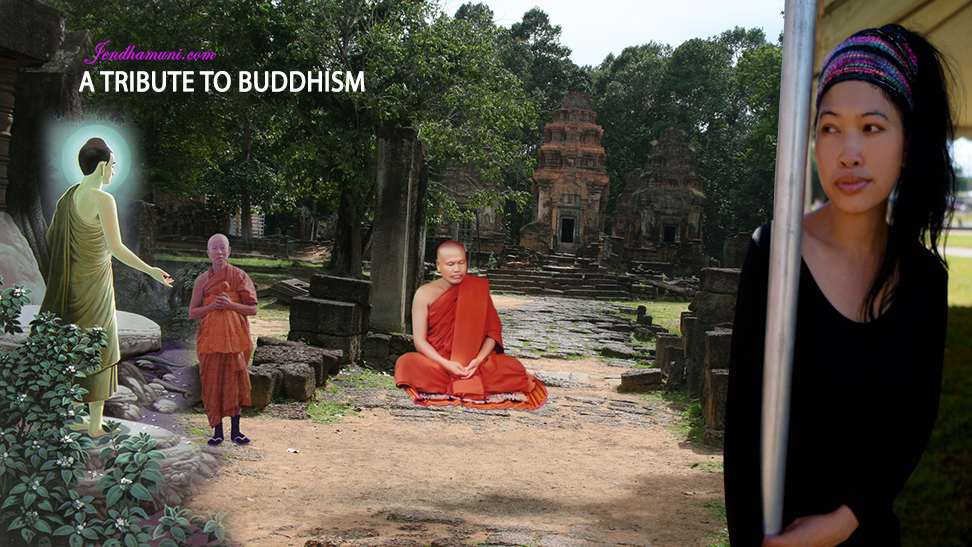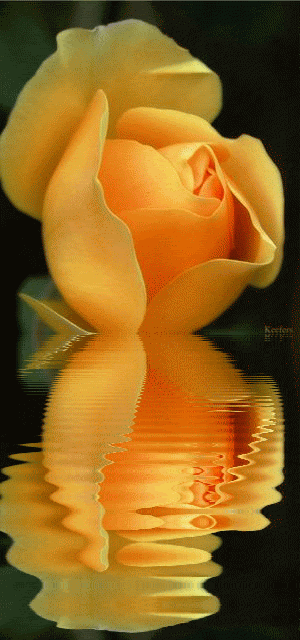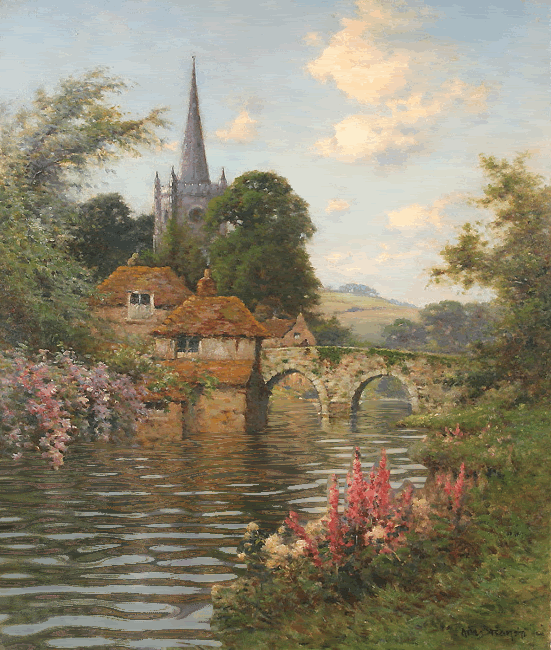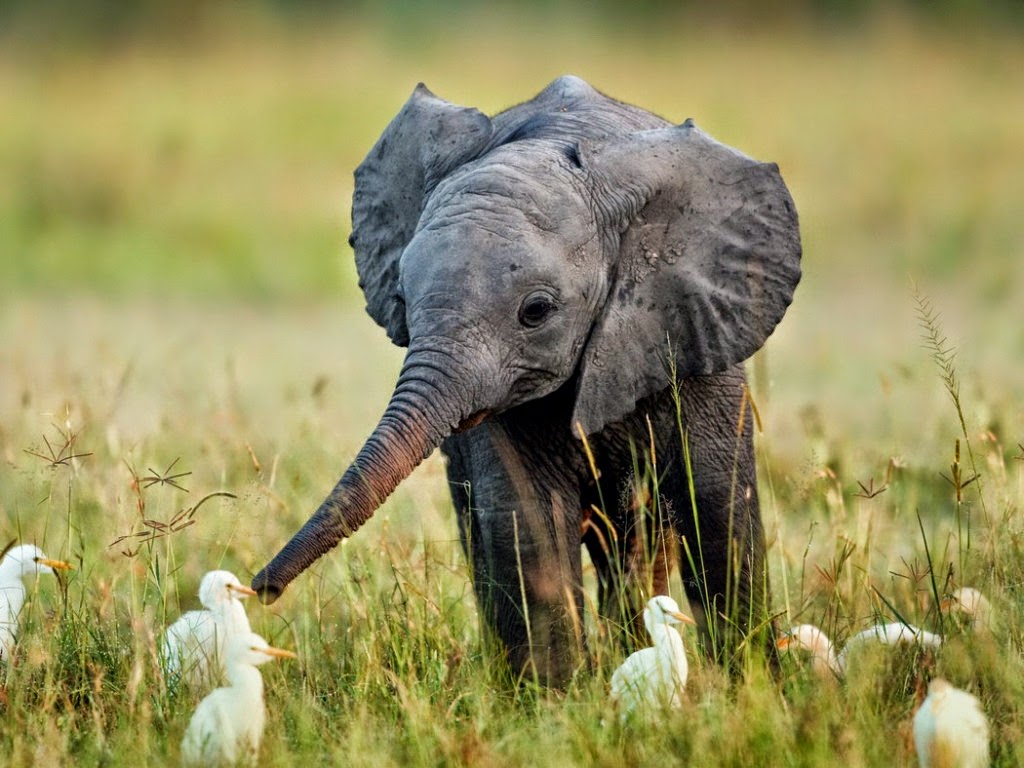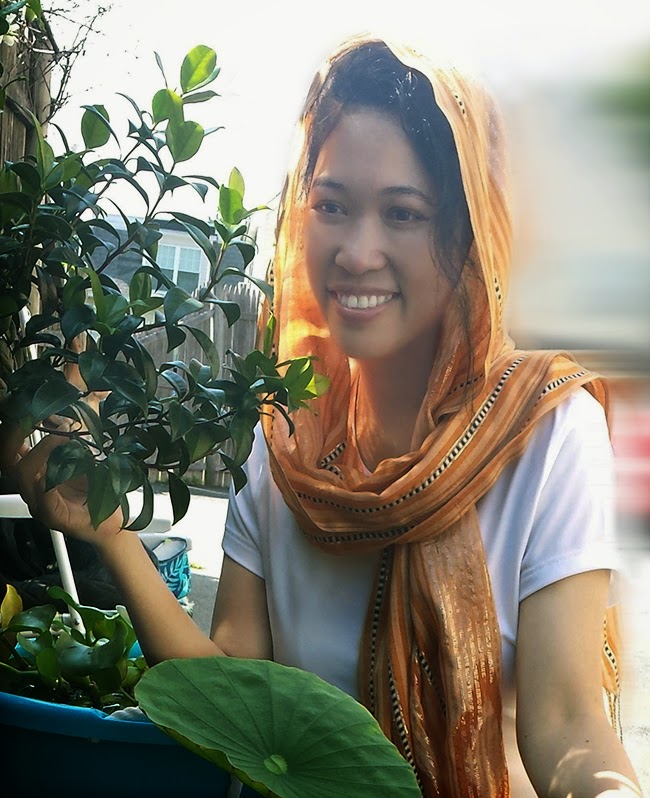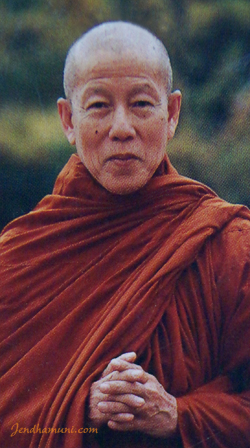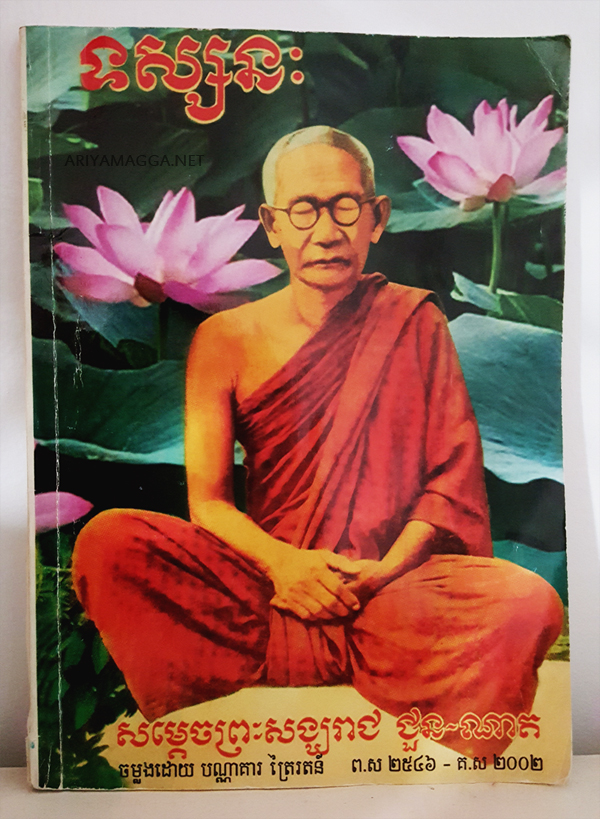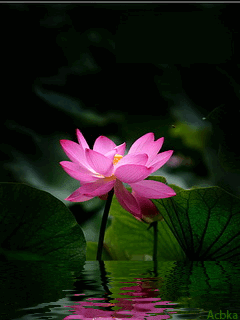A reflection of imperfect acceptance
“Freedom and love go together. Love is not a reaction. If I love you because you love me, that is mere trade, a thing to be bought in the market; it is not love. To love is not to ask anything in return, not even to feel that you are giving something and it is only such love that can know freedom.” – J. Krishnamurti
Remove the outer layers built up since childhood, peel away the masks and fears and prejudices. Scrape away the ego and the grudges and the false perceptions of ourselves and others and what you are left with at the core, like a single flame of a candle, unwavering and glowing bright; is Love.
Love is what and who we are at our source.
In order to fully love each other, we must first know the love inside ourselves. How can we offer our love to another unconditionally when we haven’t nurtured and recognised it within ourselves? Like the safety demonstration before you fly, “You must put your own mask on before helping others.”
How can we be of service to others when we can’t first be of service to ourselves?
May we look inside ourselves and ask: How much of who I am, comes from love? How often do I forget the love within me and seek it outside of myself? How many times have I sought love in return for part of myself?
Love, in its true essence, is compassionate. It is the state of being we find ourselves in when we see each other as equal and acknowledge that we all suffer, sometimes. We all want to love and be loved. We all want comfort and safety. Love recognises this and offers itself with no question no demands because it is the natural energetic state we are in when we unite with each other as a connected consciousness.
By Zoe Quiney, Rebellesociety

